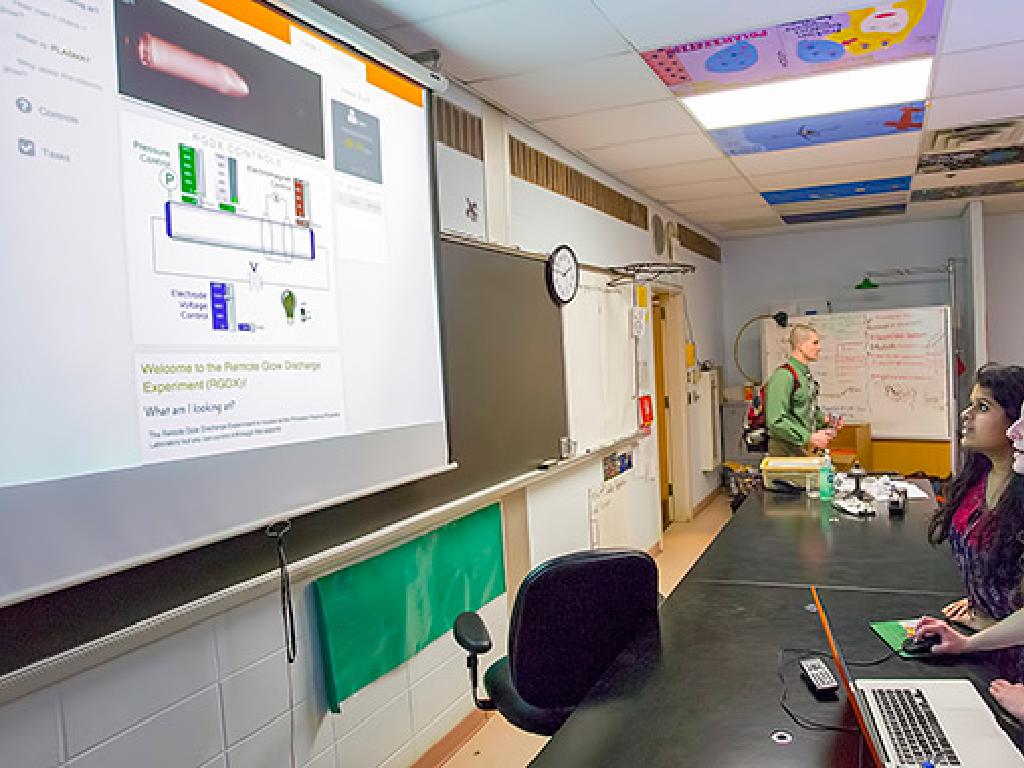Identify Primary And Secondary Sources
Subject: Social studies
Grade: Eighth grade
Topic: Social Studies Skills
Please LOG IN to download the presentation. Access is available to registered users only.
View More Content
Introduction to Sources in History
– Sources: History’s building blocks
– Sources are evidence historians use to understand the past.
– Types of sources: Primary & Secondary
– Primary sources are created at the time being studied.
– Primary sources: Original materials
– Secondary sources analyze and interpret primary sources.
– Secondary sources: Interpretations
|
This slide introduces students to the concept of sources as the foundational elements that historians use to piece together the narrative of history. It’s crucial to differentiate between primary and secondary sources, as they serve different purposes in the study of history. Primary sources are original, firsthand accounts or evidence from the time period under study, such as diaries, photographs, or artifacts. Secondary sources are one step removed and include analyses, critiques, or summaries of primary sources, like textbooks or documentaries. Encourage students to think of examples of each type of source and consider why both are important for a full understanding of historical events.
Understanding Primary Sources
– Define a primary source
– Original materials from the time under study
– Examples: Diaries, speeches, photos
– Diaries offer personal insights; speeches show perspectives; photos capture moments
– Significance of primary sources
– They provide firsthand accounts of historical events
– Analyzing primary sources
– Learn to evaluate authenticity and perspective
|
This slide introduces students to the concept of primary sources in historical research. A primary source is an original document or physical object created at the time of study. Examples include diaries, which offer personal insights into daily life; speeches, which provide perspective on public opinion; and photographs, which document moments in time. These sources are crucial for understanding history because they offer firsthand accounts and evidence of past events. Encourage students to think critically about the authenticity and perspective of primary sources and to consider what these sources can tell us about history. Discuss the importance of analyzing primary sources to gain a deeper understanding of the context and the people who created them.
Analyzing Primary Sources
– Steps to examine a primary source
– Observe, reflect, and question the source to understand its context and purpose.
– Key questions: Who? What? When? Where? Why?
– Author’s identity, the event described, the time and place, and the reason behind the source’s creation.
– Class activity: Primary source analysis
– We’ll analyze a historical document as a class to practice these skills.
|
This slide introduces students to the process of analyzing primary sources, which are original documents or physical objects created at the time under study. Start by explaining the steps to examine a primary source, which include making observations, reflecting on the content, and asking questions to delve deeper into the context and purpose of the source. Emphasize the importance of the five key questions: Who created it? What is it about? When was it created? Where was it created? Why was it created? These questions guide students in their analysis and help them think critically about historical evidence. The class activity will involve a hands-on analysis of a chosen primary source, such as a diary entry, letter, photograph, or artifact. Provide a structured worksheet with prompts based on the five key questions to support the students’ analysis. Encourage group discussion and sharing of insights to enhance understanding of the source’s significance in historical context.
Understanding Secondary Sources
– Define a Secondary Source
– An account created after the event by someone who did not experience it
– Examples of Secondary Sources
– Textbooks, articles, documentaries
– Secondary Sources in History
– They interpret primary sources to provide an analysis
– Analyzing Secondary Sources
|
This slide aims to clarify the concept of secondary sources for students. A secondary source interprets and analyzes primary sources and is one step removed from the original event or experience. Common examples include textbooks, articles, and documentaries, which students encounter regularly. These sources play a crucial role in learning history as they offer interpretations and context that help students understand historical events. Encourage students to think critically about the information presented in secondary sources and to consider the authors’ perspectives and biases. Discuss how secondary sources can vary in reliability and why cross-referencing multiple sources is important for comprehensive understanding.
Comparing Primary & Secondary Sources
– Similarities in sources
– Both can provide historical information
– Differences in sources
– Primary: direct evidence, Secondary: interpretation
– Contribution to history
– Primary sources offer original perspectives, while secondary sources analyze
– Activity: Source Identification
– Determine if a given example is primary or secondary
|
This slide aims to help students understand the similarities and differences between primary and secondary sources, and how each type contributes to our understanding of history. Primary sources are original, firsthand records of events, like diaries, speeches, or photographs. Secondary sources are interpretations or analyses based on primary sources, such as textbooks or articles. During the activity, present students with various examples of sources and ask them to classify them as primary or secondary. This will enhance their critical thinking and analytical skills in distinguishing between types of historical evidence. Possible activity examples include analyzing a historical letter, a textbook excerpt, a documentary film, or a biography.
Class Activity: Source Scavenger Hunt
– Understand the scavenger hunt rules
– Work in groups to identify sources
– Collaborate to distinguish different sources
– Find primary and secondary sources
– Primary: original documents, Secondary: analyses or interpretations
– Prepare a presentation of your findings
– Share examples and explain their classification
|
This activity is designed to engage students in a hands-on learning experience to identify and differentiate between primary and secondary sources. Divide the class into small groups and provide a mix of materials (e.g., diaries, textbooks, interviews, documentaries). Each group should find examples of both primary and secondary sources within the materials provided. After the scavenger hunt, each group will present their findings, explaining why they classified the items as they did. This will help reinforce their understanding of the concepts. Possible variations of the activity could include a timed challenge, a competition between groups, or using digital resources for a virtual scavenger hunt.
Conclusion: Understanding Sources in History
– Recap: Primary vs Secondary Sources
– Primary sources are original, firsthand records. Secondary sources interpret primary ones.
– Significance of Source Identification
– Knowing the source type aids in analyzing historical accuracy and perspective.
– Engage in Q&A session
– Encourage students to ask questions to clarify their understanding.
– Reinforce learning with examples
– Use examples like diaries (primary) and textbooks (secondary) to illustrate.
|
This slide aims to consolidate the students’ knowledge of primary and secondary sources. Begin by recapping the definitions: primary sources are original documents or physical objects created at the time under study, while secondary sources are analyses or interpretations of primary sources. Emphasize the importance of distinguishing between these sources when studying history, as it affects the interpretation of events. Open the floor to a Q&A session, allowing students to clarify any doubts and ensuring they grasp the concepts. Conclude by reinforcing the learning with clear examples, such as comparing a soldier’s diary from a war (primary) to a history book discussing the war (secondary).





